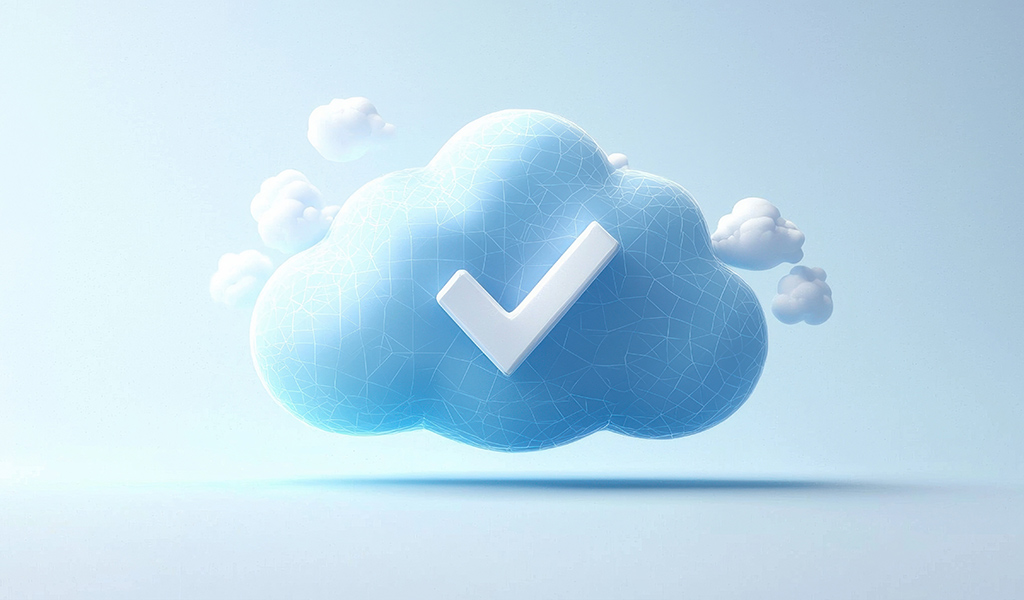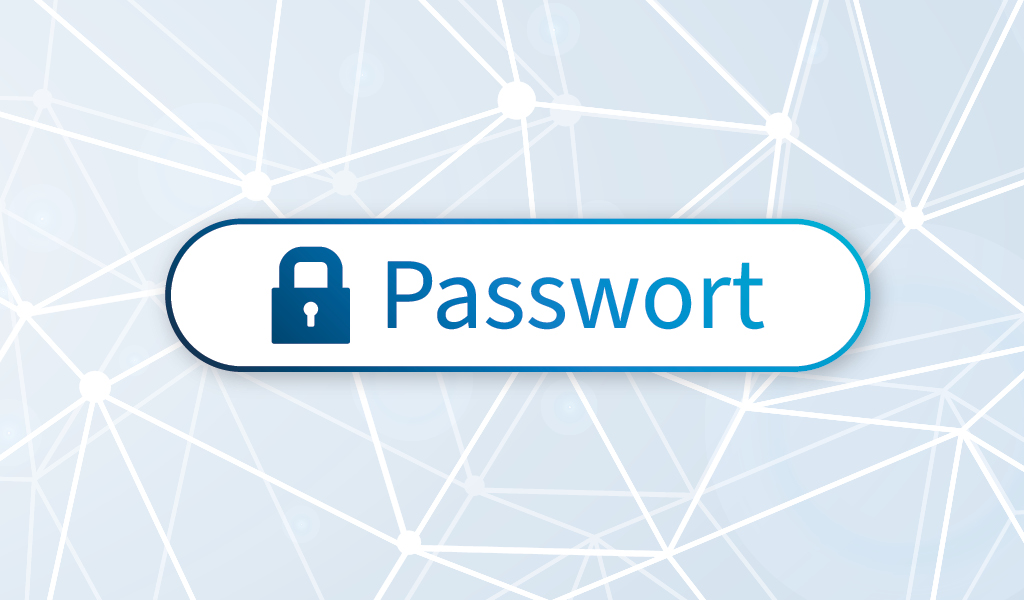Successful digital transformation requires access to data and its intelligent use. The EU has therefore defined a regulation that is intended to strengthen the European data market: the Data Act. Companies from traditional industries must adapt to it as soon as possible.
What is the Data Act?
The “Regulation on harmonised rules on fair access to and use of data” (Data Act) is a directive of the European Union that defines regulations regarding data access and use. It aims to create a fair, transparent framework for the exchange and use of data within the EU, thereby promoting innovation and increasing the competitiveness of European companies on the global data market.
The Data Act is a key component of the EU’s digital strategy. It was approved by the European Council on November 27, 2023 and came into force on January 11, 2024. Following a 20-month transition period, it is to be converted into directly applicable EU-wide law from September 12, 2025.
What is the motivation?
Data is a key resource in the digital economy. However, due to a lack of guidelines, legal requirements, and standards, a large part of the data generated remains unused, especially in industry.
Furthermore, we are currently observing a strong imbalance on the market: data is mostly owned by a small group of large companies. Compared to SMEs and start-ups, this gives them a considerable competitive advantage, which is reflected, for example, in one-sided contracts regarding data access and use.
To counteract this, the EU has developed the Data Act. It aims to democratize the market and create a balanced, fair data ecosystem. To this end, the EU has defined a legal framework ensuring that users of networked products or connected services can promptly access the generated data.
The objectives of the Data Act in a nutshell:
- Clear rules for the use and exchange of data
- Transparency and fairness within the data market
- Protection of personal data
- Secure data processing
- Promotion of data-driven innovations
- Increased competitiveness of EU companies
Who is affected by the Data Act?
The Data Act addresses companies, organizations, and individuals who
- bring connected products to the market,
- offer connected services,
- as a data owner, share generated data with third parties,
- receive data from data owners,
- as a public institution, request data owners to share data, or
- offer data processing services.
Persons who participate in data rooms and providers of applications that include smart contracts are also affected. Persons whose trade, business, or profession involves the implementation of smart contracts for others in connection with the execution of an agreement must also comply with the Data Act.
Which tasks result from the Data Act?
The Data Act imposes numerous new obligations on the industry. These include:
Making data accessible: Providers must ensure that users of connected devices or connected services have access to the data they generate.
Ensuring portability: The Data Act demands mechanisms that enable users to easily and securely transfer their data to third parties. This includes the development of standards and interfaces for data exchange.
Ensuring transparency and fairness: Companies must be transparent about what data they collect, how they use it, and who has access to it.
Ensuring data protection: The processing and disclosure of data must comply with applicable data protection laws (e.g., the GDPR).
Enabling cooperation with authorities: In many cases, it is necessary to pass on data to public institutions. This requires clear processes and responsibilities.
Data Act vs. Data Governance Act
The Data Act is not the only pillar of the European data strategy. It also includes the Data Governance Act (DGA), an existing regulation that defines processes and structures for the exchange of data between individuals, companies, and public institutions. In contrast, the Data Act focuses more on promoting the digital economy. It regulates which players are allowed to use the generated data under which conditions.
What are the consequences of violating the Data Act?
Unfortunately, it is not yet possible to predict how these aspects will be structured in detail. The EU regulation has not yet been transposed into German law. It therefore remains to be seen what obligations will arise in Germany and which supervisory authorities will oversee implementation.
However, one thing is clear: violations of the Data Act will result in fines, similar to the GDPR. There is also a risk that companies will be sued for damages by other market players if they fail to meet the requirements. Furthermore, it is possible that products and services that do not comply with the Data Act may no longer be sold in the EU.
Does the Data Act only create new duties?
The EU regulation does not only entail obligations. It opens up many new opportunities for SMEs in particular. If data is available to all market players in interoperable formats, this facilitates the implementation of innovative, data-based services, such as predictive maintenance.
This is precisely what the democratization of the data market aims to achieve. It gives companies more control over the way they handle their data and creates rules that facilitate data transfer. Both data owners and users will benefit from this.
Processes that are complex and time-consuming today will be accelerated. For example, the regulation provides clear rules for contract management. Cloud or edge providers, for instance, must contractually and technologically ensure that customers can transfer their data as easily as possible when they switch systems.
The industry will also benefit from increasing competition. For example, machine manufacturers who want to enable their products for the Internet of Things can currently only turn to a few providers for this purpose. The Data Act opens up this restricted circle. This not only increases the quality of products and services but also leads to lower prices.
According to a representative survey by the digital association Bitkom, Germany’s economy is currently divided on the Data Act. 49 percent of the 603 companies surveyed across all economic sectors see the new EU regulation as an opportunity for their business. On the other hand, 40 percent of respondents consider the Data Act to be a risk.
What is the best approach for companies?
Companies dealing with the Data Act quickly come up against complex issues: How do they ensure that the data interfaces of their machines, systems, and products are accessible to third parties? What impact does the sharing of data have on their business model? What opportunities does this present (e.g., new services and offers)?
Many of these questions are currently still unclear, making it difficult to prepare for the EU regulation. However, it is advisable to put the topic on the strategic agenda and seek an exchange with associations and other companies. This dialog helps assess the impact of the Data Act on your business.
Summary
With the Data Act, the EU wants to equip the European data market for international competition. The regulation promotes a secure, efficient flow of data and creates a framework that facilitates data exchange and use. This results in new business obligations, but also fairer market conditions.
How the Data Act will be implemented in Germany remains to be seen. Manufacturing companies should nevertheless get to grips with the contents as soon as possible. It is a complex set of rules that influences topics ranging from technological infrastructure to processes and contract design. Companies affected must adequately prepare themselves.
Further information
Handling data is becoming increasingly important for a company’s success. A reliable security architecture is essential, especially for cloud users. In our guide “IT security for companies”, you can read about the requirements for this and the factors you should consider when selecting software providers.




